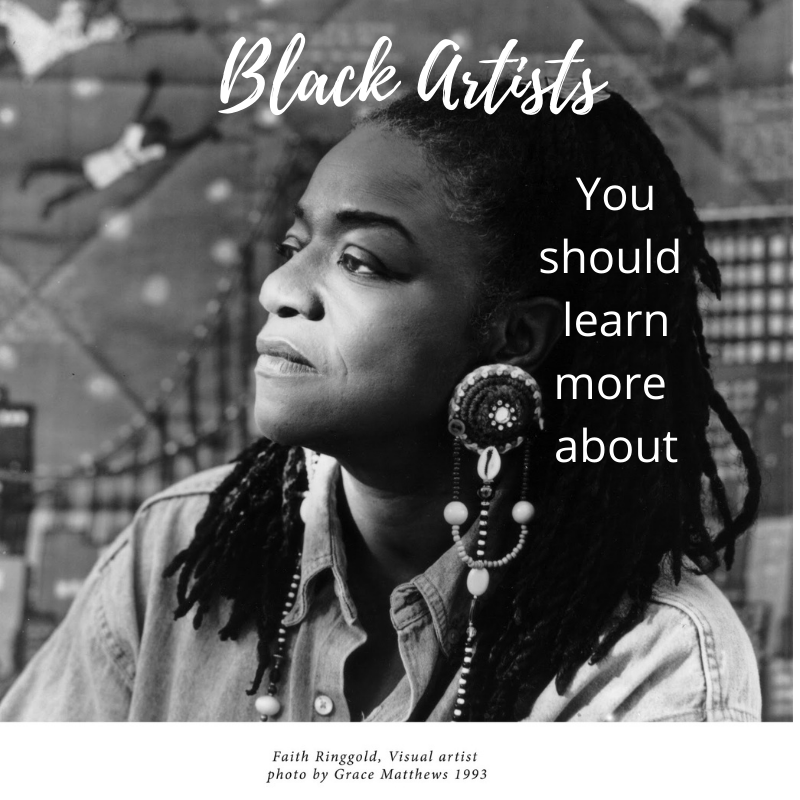
I am introducing to you some of my favorite African American Visual Artists. Some you may have heard of, others maybe not. . . First up, Faith.
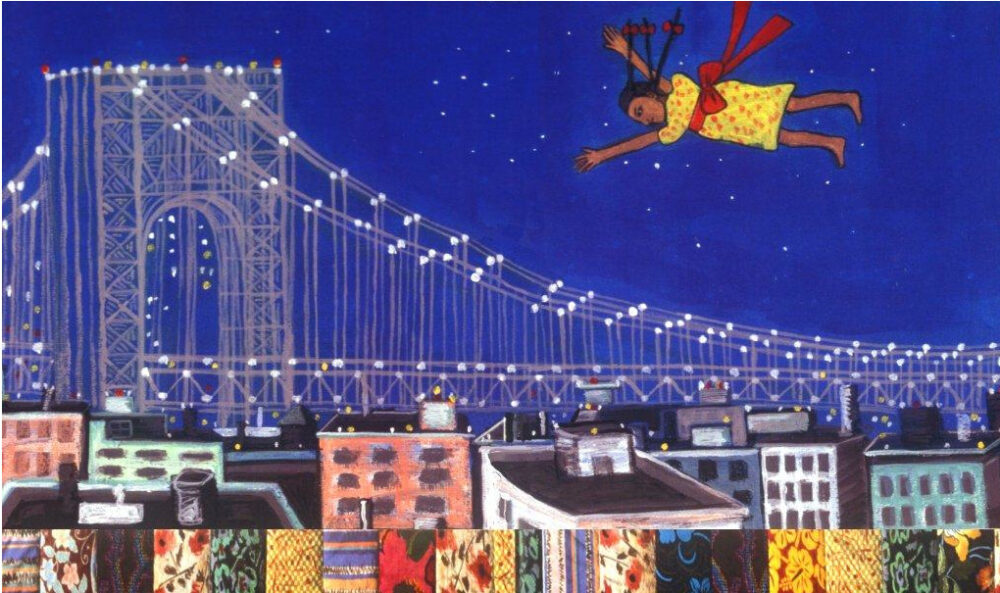
Faith Ringgold
1930-
Faith Ringgold is an American painter, sculptor, and author. She was also an art teacher in the New York School system. She is well known for her story quilts that gave insight to the black experience while also cataloging personal stories of her life. She was told that she had no talent when she was starting out but she believed enough in herself to keep painting. She had little money to ship the paintings she sold. So, to save money on shipping she didn’t stretch her paintings on canvas. Instead she paid someone to make quilted borders for her. I also read that her mother first taught her how, but I also read that she paid someone to complete the quilts. She added written stories because she wanted her story to be heard.
I remember going to the Moore Museum in Philadelphia to see her work in person. I have been intrigued with her story ever since one of my cooperating teachers introduced her to me over 20 years ago. I viewed an interview with her talking about how hard it was for her to even get noticed in a predominantly Western European field. I have done so many art lessons and read “Tar Beach” so many times to my students. It is my honor to introduce to you a legend in the African American Artist Community!

 Just one of the many projects completed at school. This one involved preschool through third grade. The younger ones did texture painting and weaving for the buildings. The older ones made story quilts and patterns with cut up material. There was another class that learned how to cut material and sew. They loved the sewing machine! There sewing skills created the beautiful boarder around our hallway mural. The completed picture was a collaboration that depicted a scene from Faith Ringgold's story "Tar Beach."
Just one of the many projects completed at school. This one involved preschool through third grade. The younger ones did texture painting and weaving for the buildings. The older ones made story quilts and patterns with cut up material. There was another class that learned how to cut material and sew. They loved the sewing machine! There sewing skills created the beautiful boarder around our hallway mural. The completed picture was a collaboration that depicted a scene from Faith Ringgold's story "Tar Beach."
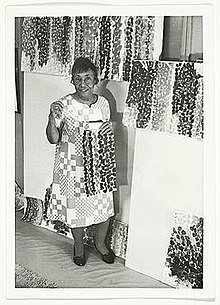
Alma Woodsey Thomas
1891-1978
Alma Woodsey Thomas was an African American Art teacher based in Washington D.C who became an Expressionist painter after she retired. Her paintings were known for their color, rhythm, and pattern. Her work was displayed publicly and privately at the White House during the Obama administration from 2009-2016. Alma’s story is a great story of following your passion. I took my girls to the African Museum of Art History in Washington D.C and there it was an Alma original!
The picture is from my Instagram. Follow me @at4purpose
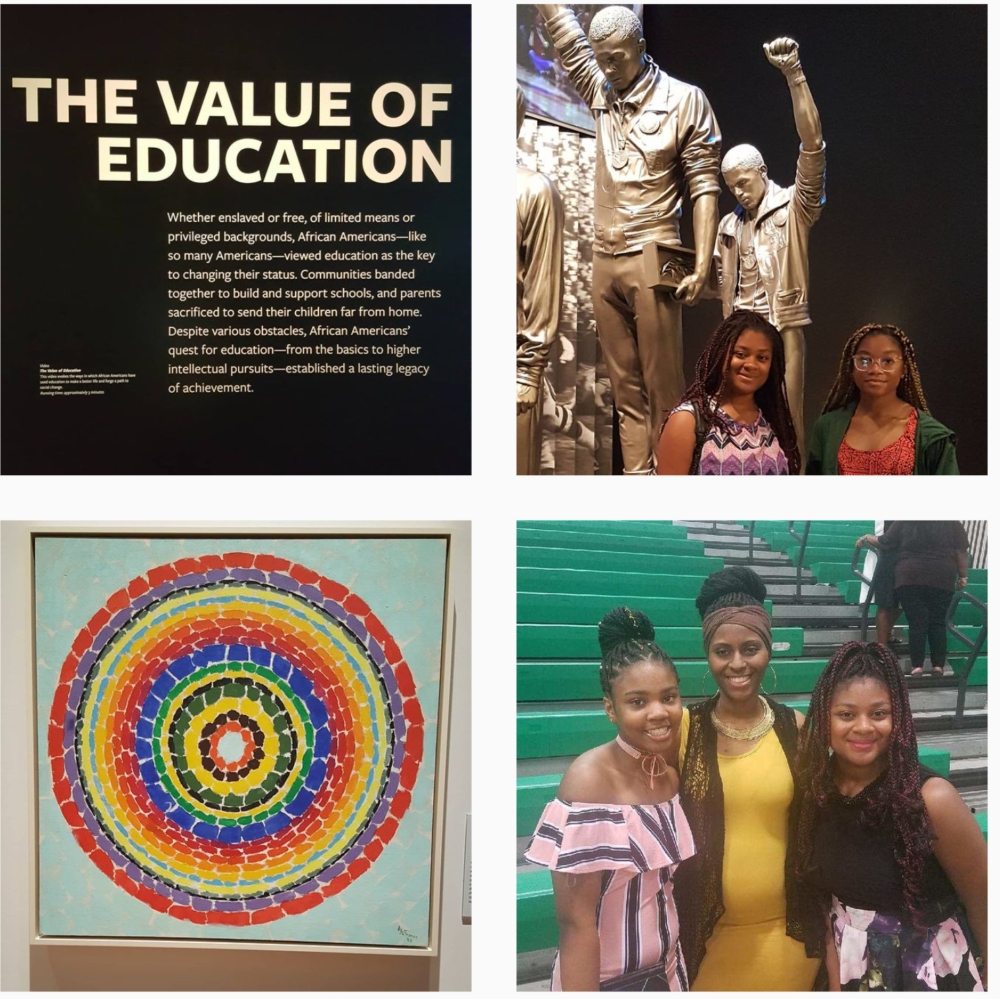
“Creative art is for all time and it is therefore independent of time. It is of all ages, of every land. . ."
-Alma Woodsey Thomas
Learn more by following the link below!

Jean-Michel Basquiat
1960-1988
Do you remember watching a movie in 7th grade art class about a crazy painter who got famous for painting graffiti all over New York city? That’s right, SAMO! Well, that movie was the Radiant Child and the artist was Jean-Michel Basquiat. He was a neo-expressionist painter who openly rejected the social dichotomies that were present in modern culture. He, being of Haitian and Puerto Rican descent, addressed issues of racism through his work. He became very popular as a young artist and was mentored by well known “pop” artist, Andy Warhol. He died at the age of 27 of a heroin overdose. His work is very well known today and growing in value.
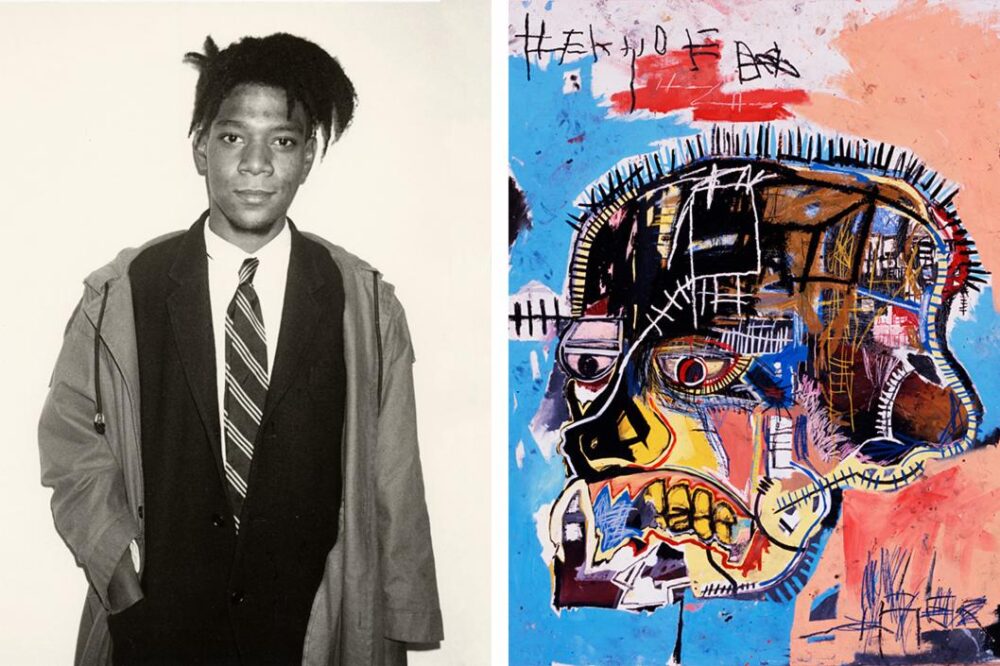
Picture from https://www.biography.com/artist/jacob-lawrence
Jacob Lawrence
1917-2000
Jacob Lawrence was an African American Icon. He was the first African American to be represented by a New York Gallery. He was known for his 60 panel “migration series.” These paintings told the story of how African Americans moved from the south in the late 1800’s to take up residence in Northern states up until the 1930’s. The series captured the struggle of the travel and the adaptation of new life after slavery. Harlem, New York became a large recipient of black people during this time. The expansion of black culture, black art, black music, and black literature became known as the Harlem Renaissance which Lawrence was greatly influenced by. Lawrence was able to capture the spirit of this important time in American History. His influence has become a major staple in Art Curriculum, especially during black history month. He described his art work as “dynamic cubism” while giving a unique perspective of color, story, and meaning. His 1947 painting The Builders is part of the White House’s permanent collection.
Learn more about his life from the link above.

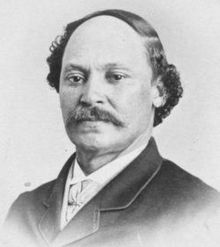
Robert Duncanson
1821-1872
The 2021 Inauguration festivities were full of many signs of new beginnings, but I thought it was so very uplifting that First Lady Jill Biden helped to pick out the inaugural gift painting entitled “Landscape with rainbow” by Robert Duncanson. I remember when they had president Biden and VP Harris unveil their induction pictures then move to another unveiling just steps away.
I believe when they announced that the painting was owned by the Smithsonian American Art Museum in Washington D.C., they also mentioned that it was painted by an African American painter. I looked at it and immediately felt moved by the rainbow, which is biblically connected to promise, patience, and hope. Duncanson is considered the first African American artist to be internationally known. He started out as a portrait painter then moved to become a landscape painter. He struggled with the racial dynamics of the time. Although he was noticed for his work, his family was not allowed to attend his first showing because of their race. Some Art historians discourage viewers from looking at Duncanson’s work through a racialized lens. However, in the 1850’s Duncanson became a popular abolitionist painter while showing that African Americans had the ability to contribute to mainstream culture. In 1853 Duncanson portrayed an important scene from Harriet Beecher Stowes’ anti-slavery novel “Uncle Tom’s Cabin” entitled “Uncle Tom and Little Ava.” He was still best known for his landscape paintings.

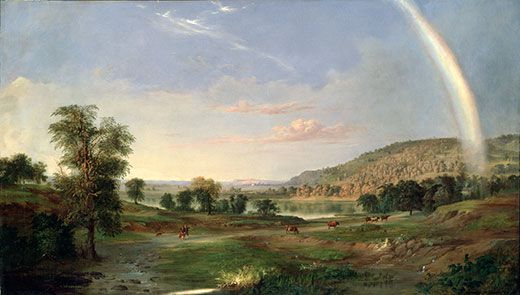
Kara Walker
1969-
I call her a newcomer because I’m not sure how much I have heard about her but I have heard about her. She is a contemporary painter, silhouettist, print-maker, installation artist, and film-maker who explores race, gender, sexuality, violence, and identity in her work. She is best known for her cut paper silhouettes. One of the most intriguing aspects of Kara’s work is her promoting the conversation around African American’s relationship with subordinate identity. She sets out to understanding contemporary issues surrounding race and gender. She stated:
“I think really the whole problem with racism and its continuing legacy in this country is that we simply love it. Who would we be without the 'struggle'”?
Guuuurrrl-that’s deep!
Most of the information that I gathered about her came from the link with the picture:https://walkerart.org/collections/artists/kara-walker
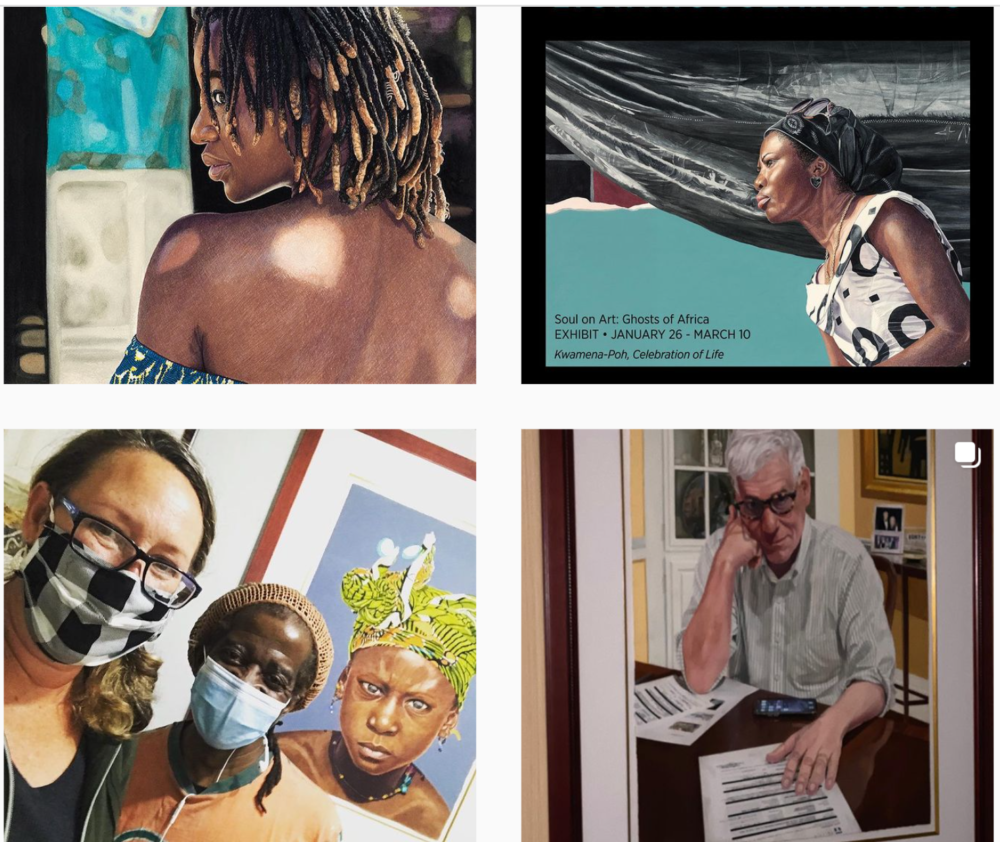
William Kwamena Poh
1960-
I met Mr. William last year during a visit to historical Savanna. Tucked away in a row of shops was a quaint little arrangement of artist studios, or so I thought. What was really happening was the discovery of a massive art community, filled with art, stories, and love. While I was admiring his work he gave me some advice. I was making a decision to continue on with my teaching career or becoming a full time artist. He said “Start making your collection now. If you want to be an artist, make a collection and be prepared to show it later.” So, I am making a collection with my writing and other things. . .
Mr. William seemed like a very private man. Explaining his love of watercolor (Guache) as a medium of choice. He explained that he just joined Instagram but was working on copyrighting his work so that no one could steal it. He takes pictures of real life images from where he is from; Ghana. He then comes back to America and paints his homeland as a historical tribute or lesson of his culture. He has a way of capturing the beauty of the African skin tones of his subjects. He shares the powerful color of their spirits. He paints the heaviness of their day through postures and thought filled eyes. He has lived in America for over 40 years and I therefore place him in the category of African American Artist.
You can follow him on instatgram: https://www.instagram.com/kwamenapoh/
or click this link to learn more about his art.
I hope you take the time to appreciate the long, rich, multi-faceted history of the black culture and art!
Check out the collection of Black History Posts. I write from my experience because it is fun. I share with you what brings me peace. I believe that ultimately Jesus brings me my peace and I am thankful for the creativity that he has placed in me to share with the world. I believe that creativity is food for your "spirit man" and that to care for your spirit is so much more important than your physical being. Do something creative, appreciate creativity, and learn more about your creative ability. This is part of your purpose. And remember to always live on purpose because it is your destiny.
A Collection of Black History Posts
It's a Poetry Power Special for Black History Month. Check it out.
I really enjoyed
“So You Want to Talk About Race.”
by Ijeoma Oluo

Titles by Tamorra
Good Read
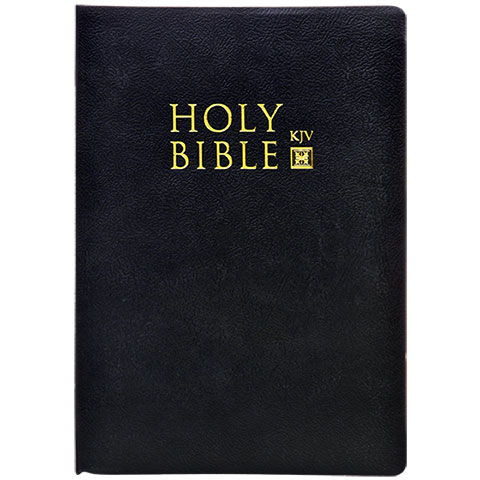
This page may contain affiliate links
Read privacy policy to learn more

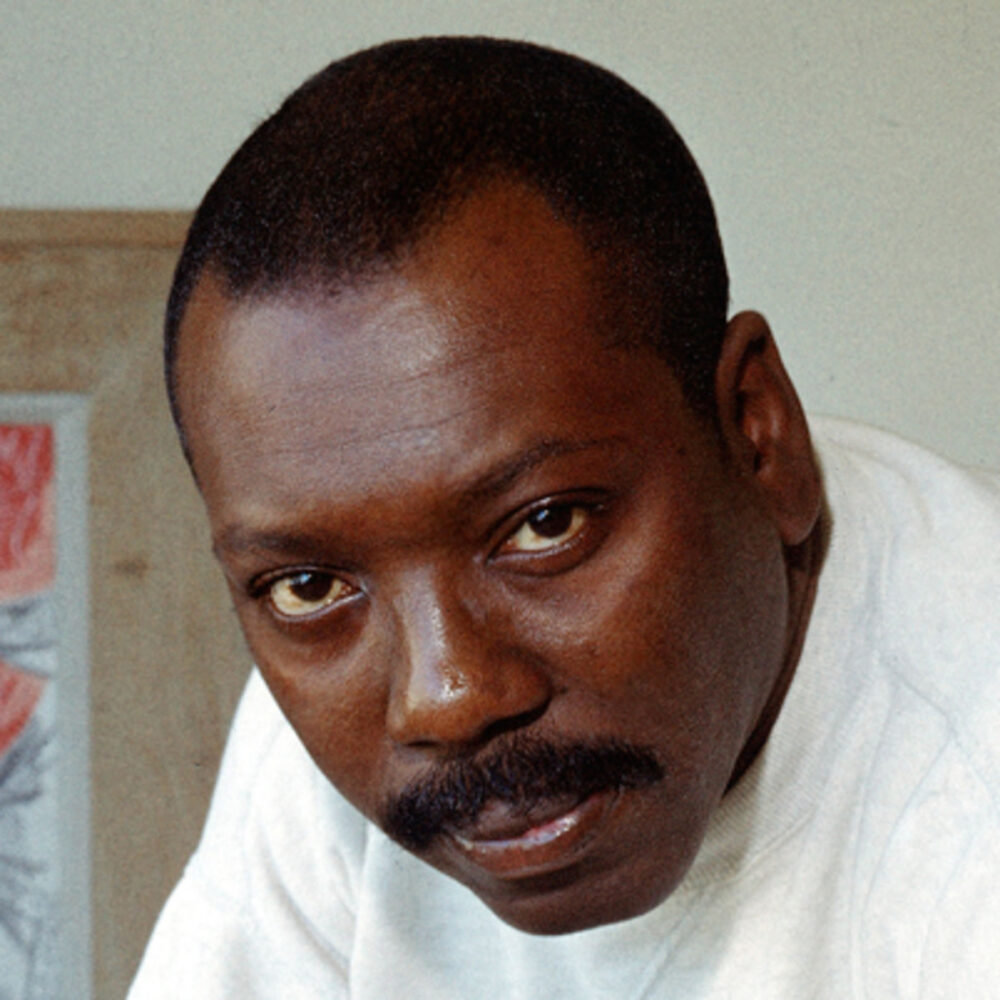
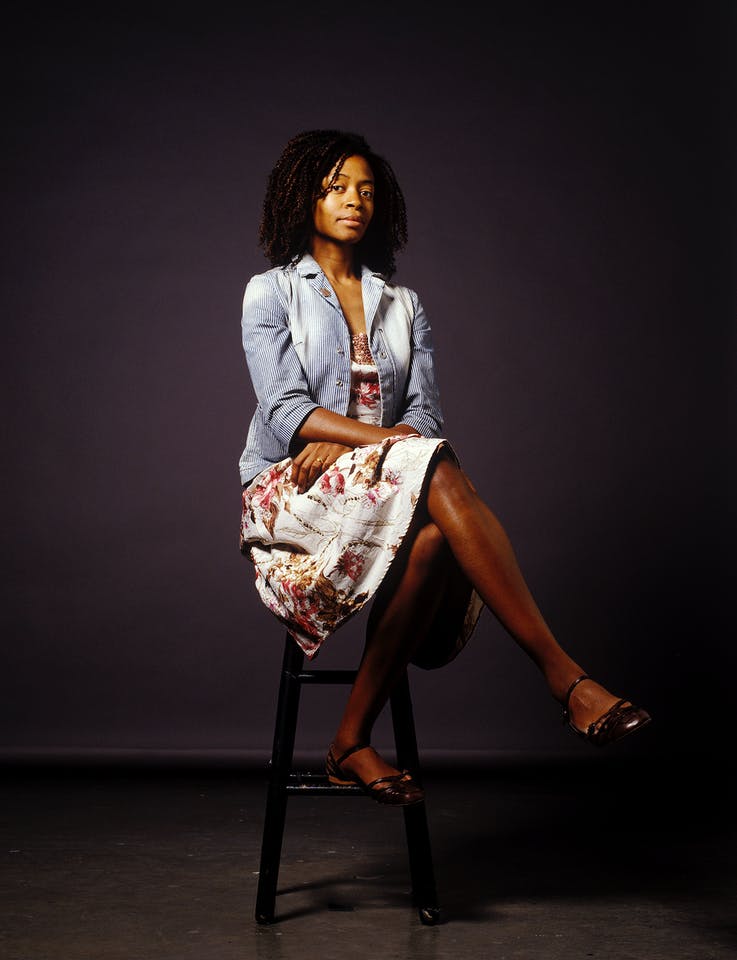
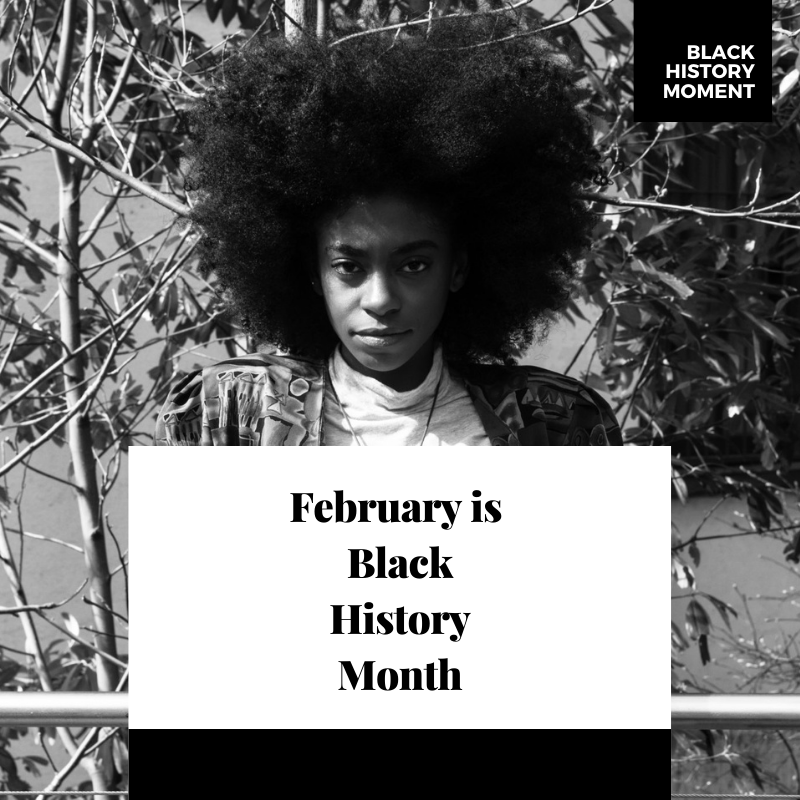
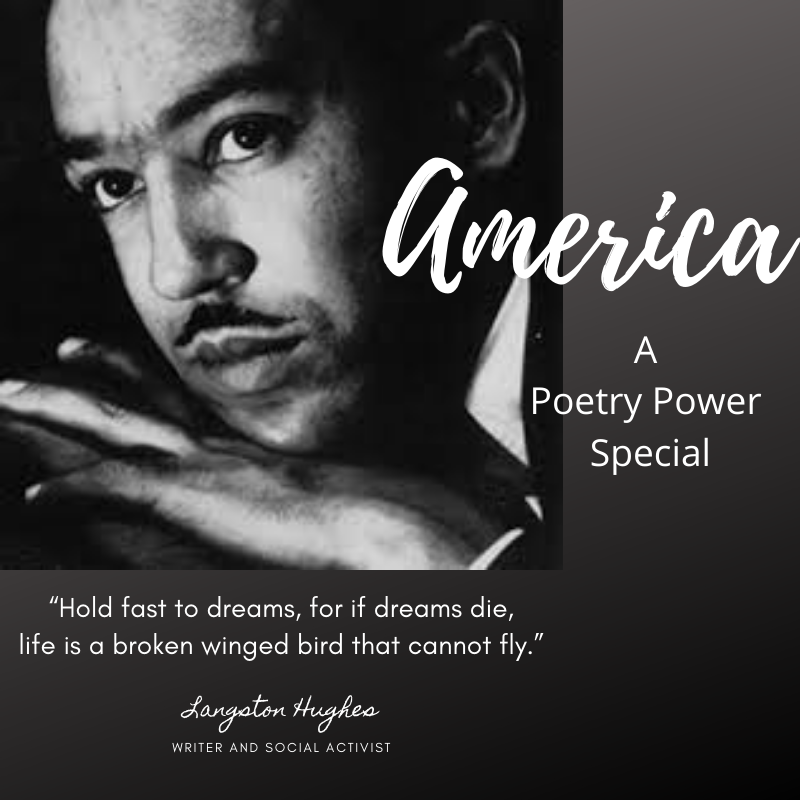




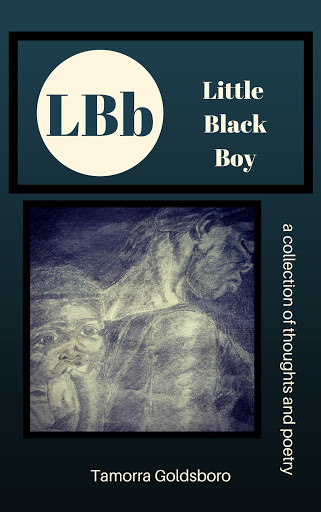
Pretty component of content. I simply stumbled upon your weblog and in accession capital to say that I acquire in fact enjoyed account your blog posts. Any way I’ll be subscribing in your augment or even I achievement you get entry to persistently fast.
Love this! Great work as always, thanks for sharing!